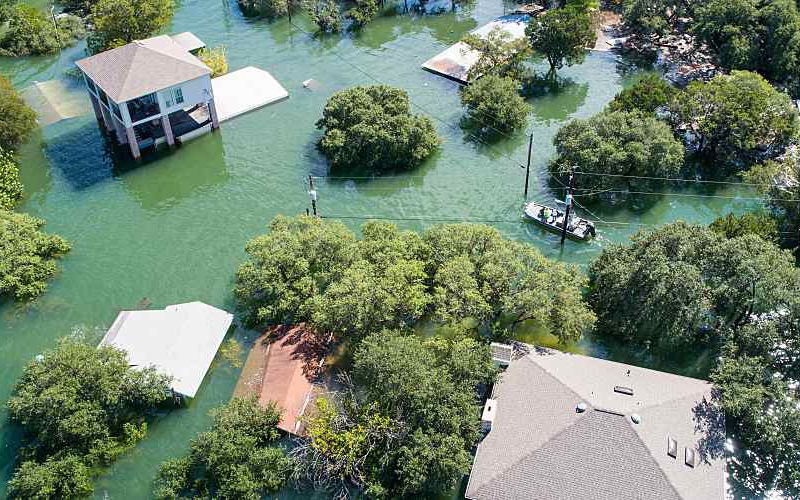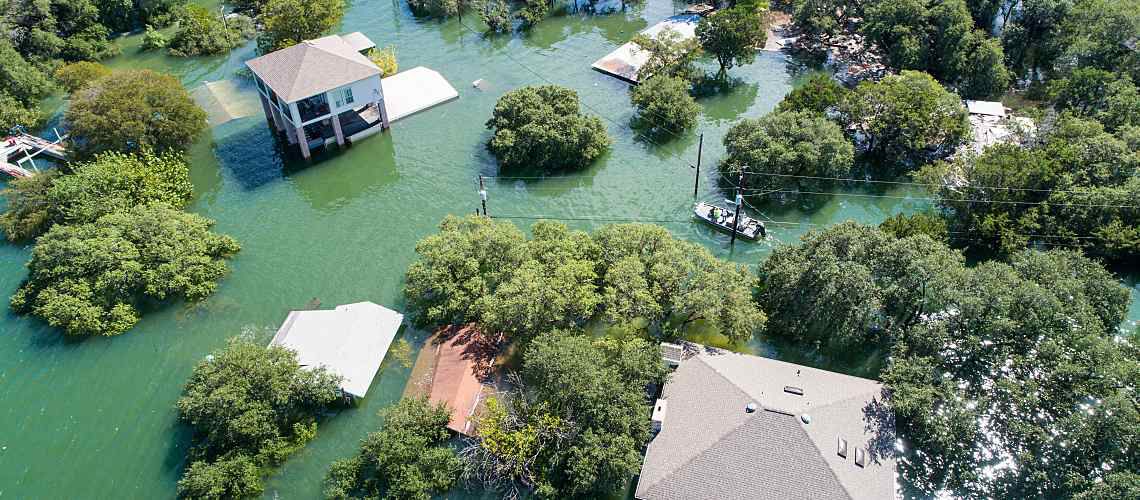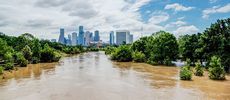How Climate Change and Extreme Weather Are Affecting Water Testing Labs


Climate change is taking a toll on our planet. Heavy storms are carrying sewage into the streets. Desert landscapes face extreme droughts, while humid areas are drying up. These weather phenomena are also being linked to global water quality issues, creating a challenging situation for water industry professionals.
Scientists estimate that for every degree centigrade of global warming, the amount of water vapor in the atmosphere will increase by 7%, says longtime environmental journalist Cynthia Barnett. That water vapor increase is enormous, according to Barnett, who did extensive research and traveled around the world for her latest book, "Rain: A Natural and Cultural History."
"There are certain things that seem far away or abstract, but when you're talking about rainfall extremes, flooding, and drought, we can all see and experience that," she says.
Ahead of her keynote address at the Water Quality Technology Conference in Dallas, which runs November 3–7, Barnett sat down with Currents to share three major ways climate change is affecting the work of water labs.
1. Harmful Algal Blooms Are Appearing in Uncharacteristic Places
Although we tend to think of harmful algal blooms (HABs) as a problem in coastal areas and the Great Lakes, Barnett says they're now appearing all over the country. "Some of them are billions of years old and very important for life, but as temperatures warm, algae can become more active in water," she explains.
Increasingly, toxins from HABs are making their way into source waters, drinking water facilities, and recreational swim areas, according to the Environmental Protection Agency. Researchers are trying to figure out how to detect blooms faster, measure the toxins, and help communities respond.
In a Nature article published in late 2019, researchers used satellite imagery to show that there has been a widespread global increase in intense lake phytoplankton blooms since the 1980s. In Wisconsin, public health officials and scientists are currently participating in an interagency project to develop an early warning system for HABs, reports Wisconsin Public Radio.
"Harmful algal blooms have become a major, multibillion-dollar environmental problem that's created issues for drinking water or dead zones," the outlet noted.

2. Municipal Supplies Have Become Strained
The International Water & Climate Forum, held in 2015, gathered water sector researchers and practitioners to discuss how climate change affects utilities. According to the forum's synthesis report, some of the challenges in recent history include:
- During southern Australia's devastating drought in the 2000s, Melbourne's inflows collapsed.
- Rotterdam has experienced devastating flooding and water quality degradation.
- California's 2013 drought caused groundwater levels to drop precipitously, with communities in the state running out of drinking water.
The Portland Water Bureau, a member of the Water Utility Climate Alliance, published a similar report in 2015, discussing the risks these changes in climate pose to water utility built assets and infrastructure. Tampa Bay Water, for example, has a surface treatment plant in a low-lying floodplain that must shut down in the instance of a hurricane.
In the report, representatives from EPCOR Water Canada and South Central Connecticut Regional Water Authority say that their respective regions "may experience more frequent water quality issues like turbidity spikes due to climate change."
3. Water Contamination Risks Are on the Rise
Rising sea levels and extreme rain combine to produce intense sewage spills. "There was literally sewage in the streets last week in Miami," Barnett explains. The city floods regularly now, the Washington Post reported in August of 2019. Higher-than-normal tides — called king tides — are mixing saltwater with sewage, a meteorologist told the news outlet.
Because of the flooding that's happening from Houston to Miami, Barnett explains, many water industry professionals are dealing with more intense sewage spills than ever before.
Water Labs Are Paramount to Navigating Climate Change Issues
As climate change and its effects intensify on a global scale, so can water quality issues. As such, Barnett explains that the role of water lab professionals has become even more vital: "Their work, which is already really important, becomes that much more in the spotlight."
While the future of our planet and the water it holds remains uncertain, Barnett is encouraged by what she's learned from the past.
"We evolved in these times called pluvials many thousands of years ago, where it would rain for tens and even hundreds of years. Then, we went through periods of megadrought 4,000 years ago, where people really spread out," she says. "A big part of what makes us human is this ability to acclimate, revise, and readjust what we're doing."






